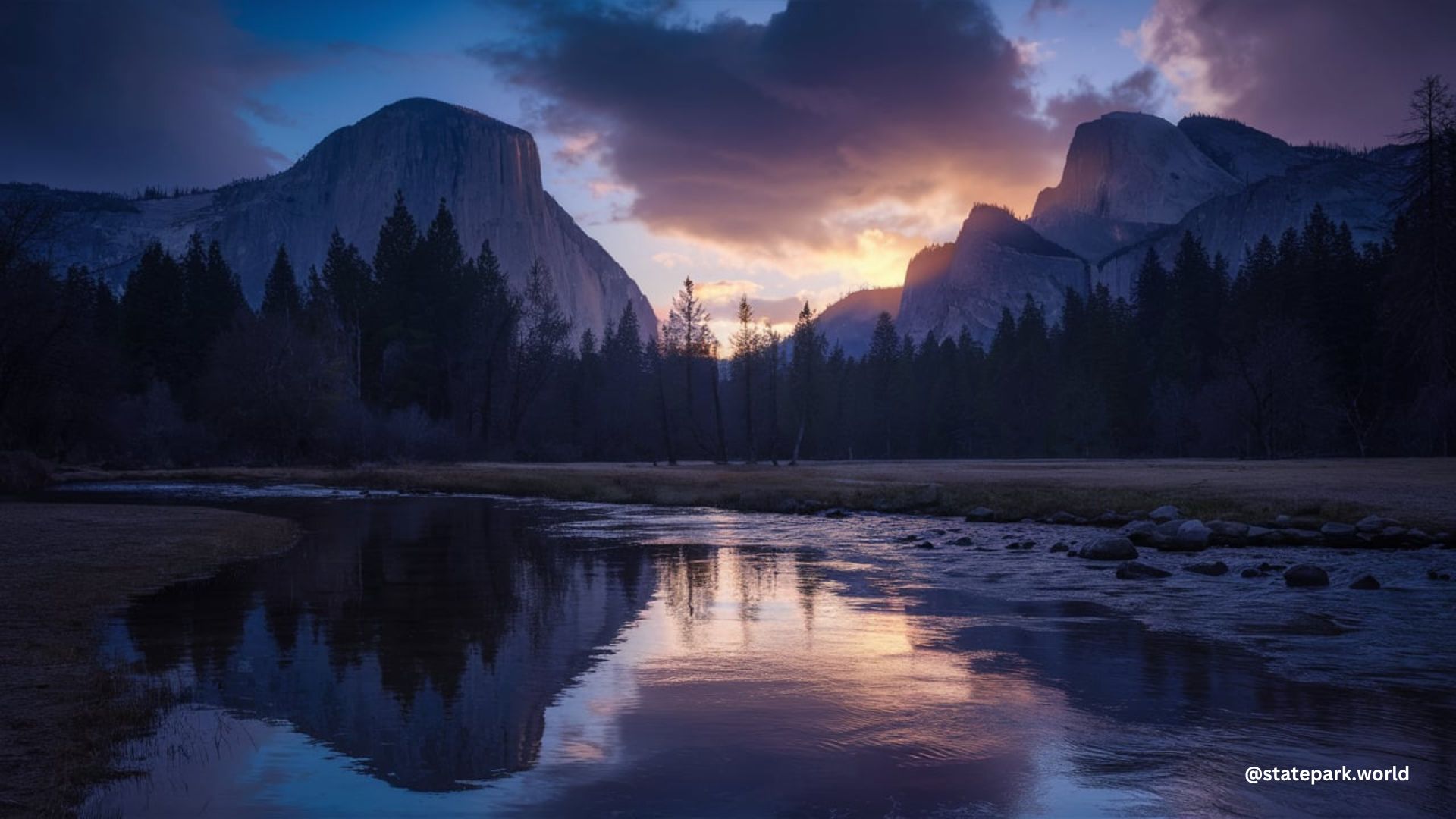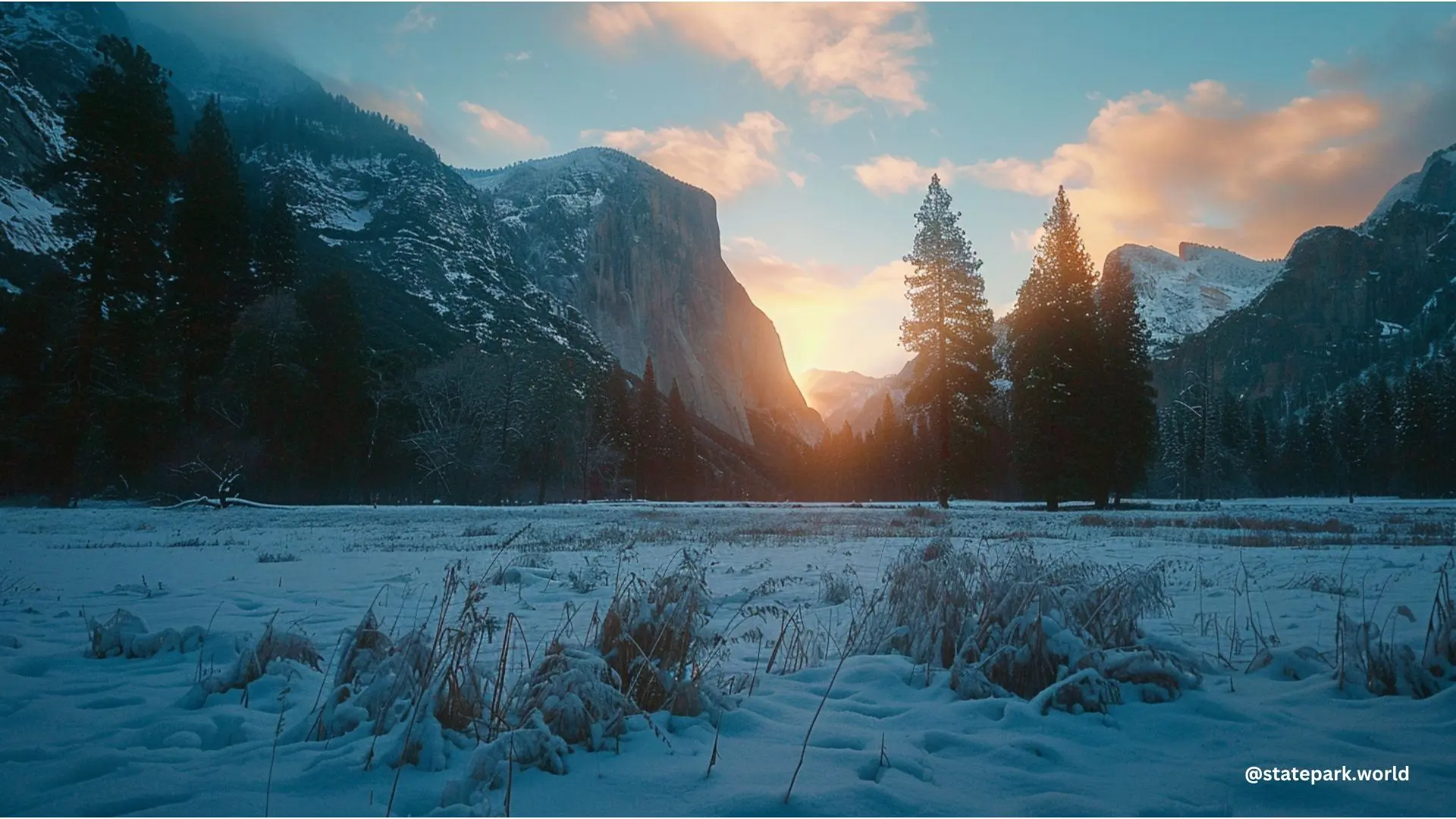Yosemite National Park is a stunning natural wonder that attracts millions of visitors each year. However, navigating the park’s roads can be a challenge, especially during the winter months. In this blog post, we’ll explore the driving conditions in Yosemite National Park and provide you with the information you need to plan your visit.
Seasonal Road Closures in Yosemite National Park
One of the most significant factors to consider when driving in Yosemite National Park is the seasonal road closures. During the winter months, typically from November through late May or early June, several roads within the park are closed due to snow.
The Tioga Road (Highway 120 through the park, from Crane Flat to Tioga Pass) is usually closed during this period, making it impossible to drive to Tuolumne Meadows or enter Yosemite National Park from the east. The Glacier Point Road also closes due to snow, usually from November through late May or early June. However, the first five miles of this road are open to the Badger Pass Ski Area from approximately mid-December through March.
The Mariposa Grove Road and the associated shuttle system close for the season on or about November 30 and reopen no earlier than April 15. The Washburn Trail is always open to hiking, snowshoeing, and skiing, and is the most direct route to Mariposa Grove in winter. The trail is two miles (3.2 km) each way with 500 feet (150 m) of elevation change. The trail may be snowy and/or icy during winter.
Open Year-Round Roads in Yosemite National Park

While some roads in Yosemite National Park are subject to seasonal closures, there are several roads that remain open all year round. These include:
- Wawona Road (Highway 41)
- El Portal Road (Highway 140)
- Big Oak Flat Road (Highway 120 from the west)
- Hetch Hetchy Road
However, it’s important to note that even though these roads are open year-round, tire chains may be required during the late fall through early spring months. It’s always a good idea to check the current road conditions and chain restrictions before embarking on your journey.
Checking Road Conditions in Yosemite National Park
To stay informed about the current driving conditions in Yosemite National Park, there are a few resources you can use:
- Road Conditions Hotline: Call 209-372-0200 (press 1 and 1 again) to listen to the recorded message about the current road conditions.
- Park’s Current Conditions Page: The park updates the current road conditions on its current conditions page. However, this requires an extra step, so when the weather is changing quickly or there is a storm in the forecast, the road condition hotline is the more reliable source of information.
- Yosemite.com: The Yosemite.com website also provides up-to-date information on Yosemite’s road conditions.
It’s important to note that road conditions can change rapidly, especially during the winter months. Always check the latest information before setting out on your journey to ensure a safe and enjoyable experience in Yosemite National Park.
Driving Tips for Yosemite National Park
Driving in Yosemite National Park can be a unique and challenging experience, especially for those who are not familiar with the area. Here are some tips to help you navigate the park’s roads safely:
- Slow Down: The roads in Yosemite can be winding and narrow, with steep drop-offs and limited visibility. It’s important to drive at a speed that allows you to maintain control of your vehicle and react to any unexpected situations.
- Be Prepared for Changing Conditions: Weather conditions can change quickly in Yosemite, so be prepared for sudden changes in road conditions. Always carry tire chains, a winter emergency kit, and be ready to adjust your driving accordingly.
- Watch for Wildlife: Yosemite is home to a variety of wildlife, including deer, bears, and other animals. Be on the lookout for these animals and be prepared to stop or slow down if you encounter them on the road.
- Follow Traffic Laws and Regulations: Obey all traffic laws and regulations, including speed limits, stop signs, and traffic signals. Failure to do so can not only put you and others at risk but can also result in fines and other penalties.
- Plan Your Route: Before you set out on your journey, plan your route and familiarize yourself with the park’s road network. This will help you avoid getting lost or encountering unexpected obstacles.
By following these tips and staying informed about the current driving conditions in Yosemite National Park, you can ensure a safe and enjoyable experience for you and your fellow travelers.
Conclusion
Driving in Yosemite National Park can be a unique and rewarding experience, but it’s important to be prepared for the challenges that come with it. By understanding the seasonal road closures, checking the current road conditions, and following safe driving practices, you can navigate the park’s roads with confidence and enjoy all that Yosemite has to offer.

